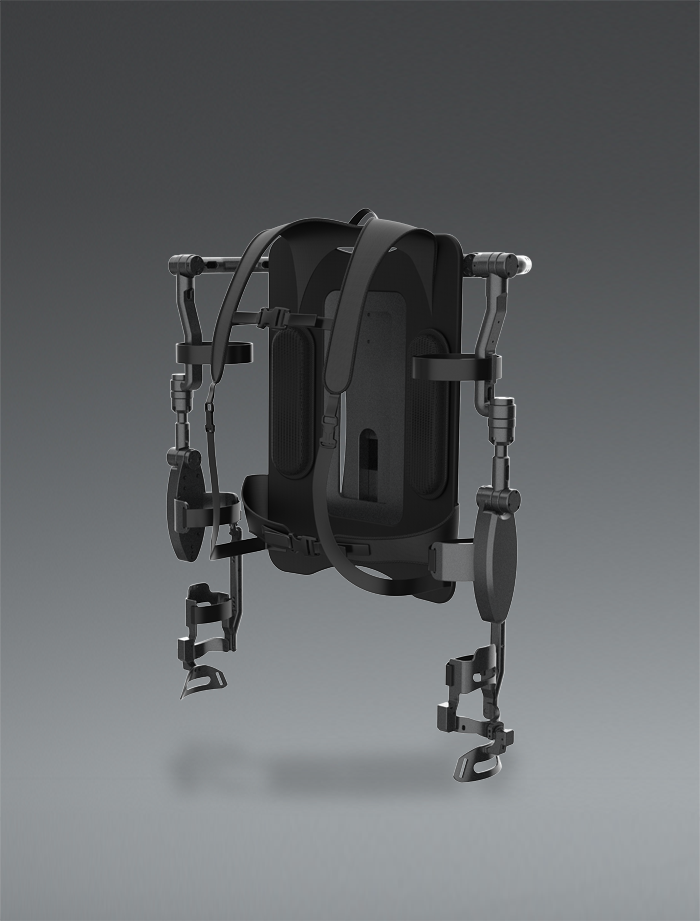For a robot to be truly useful, it must be able to grasp objects as reliably as a human hand. This is a monumental challenge, as the real world is filled with objects of varying shapes, weights, and fragility. Daimon Robotics addresses this core challenge head-on with its high-resolution tactile sensing systems and dexterous hand solutions. By deeply integrating artificial intelligence with advanced hardware, we are building systems that don’t just grip but understand and adapt. This article explores the key technological pillars that enable our tactile grasping systems to achieve exceptional reliability for demanding applications in intelligent manufacturing, logistics, and beyond.
The Foundation: High-Fidelity Tactile Sensing with DexCap
At the heart of a reliable grasping system is the ability to “feel.” Daimon’s innovative tactile sensors, like the DexCap system, provide a rich, real-time stream of high-resolution tactile data. Imagine a human fingertip, which is packed with nerve endings detecting pressure, vibration, and slip. Our sensors replicate this by capturing detailed contact information. This is not just simple pressure detection; it’s a multimodal sense of touch that allows the robot to perceive an object’s texture, localize contact points with high accuracy, and detect the slightest incipient slip long before an object falls. This continuous stream of high-fidelity data is the essential first layer of information that forms the basis for all intelligent grasping decisions, ensuring the system can react to the physical world with precision and awareness.
The Brain: AI-Driven Perception and Adaptive Control
Sensing is useless without intelligence. The raw tactile and visual data is processed by Daimon’s proprietary AI models, which form what we call the Vision-Tactile-Language-Action (VTLA) manipulation model. This is where the system transitions from simply feeling to truly understanding. The AI fuses the tactile feedback with visual input to create a comprehensive understanding of the manipulation task. For instance, if the tactile sensors detect a slight slip while lifting a smooth glass, the control system can instantly and subtly adjust the grip force or reposition the fingers to compensate. This closed-loop feedback happens with extremely low latency, at frequencies up to 1 kHz, making the adjustments faster than the blink of an eye. The system learns and refines its manipulation strategies over time, leading to robust performance that can handle novel objects and unpredictable situations.
Conclusion
High reliability in robotic grasping is not achieved by a single component but through the seamless integration of sophisticated hardware and intelligent software. Daimon’s approach, built upon high-resolution tactile sensors like DexCap and advanced AI-driven VTLA models, creates a system that perceives, reasons, and acts with a level of adaptability and precision previously unattainable. This synergy between cutting-edge tactile sensing and embodied AI is what allows our dexterous hands to perform complex, delicate tasks with a high degree of confidence and reliability, paving the way for broader adoption of intelligent robots in the real world.
